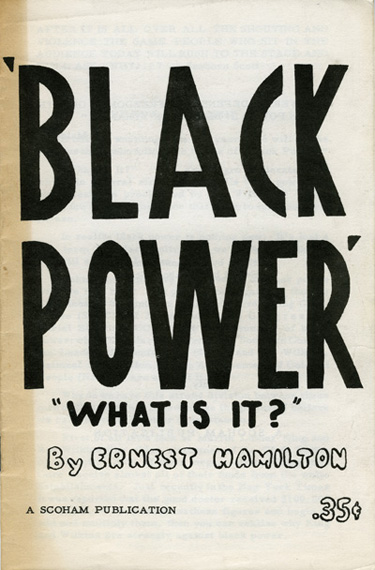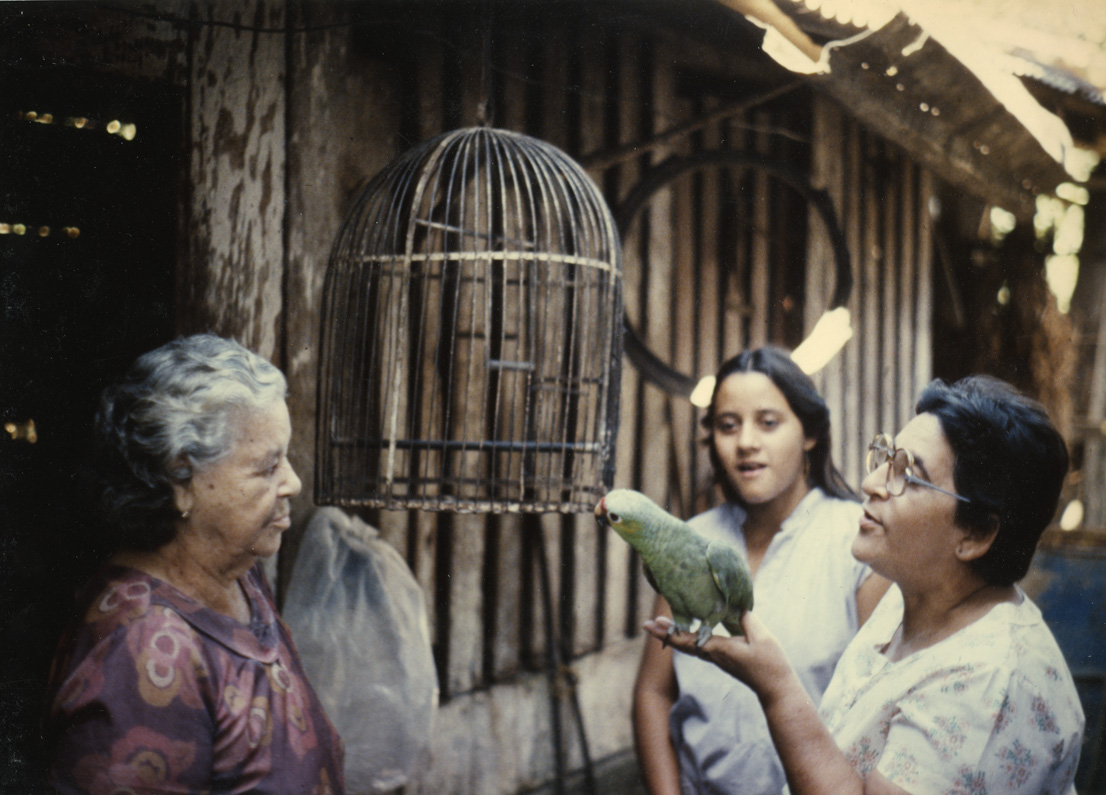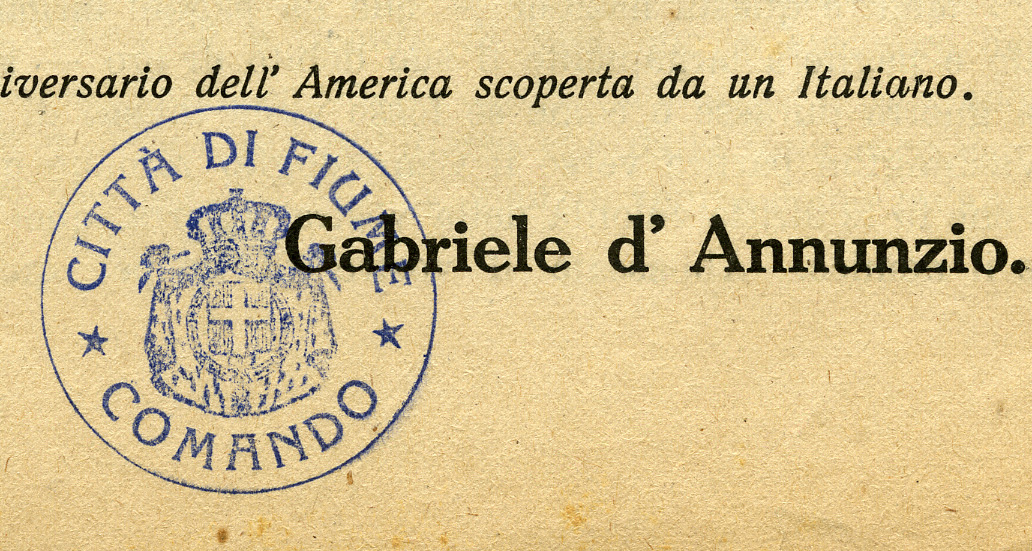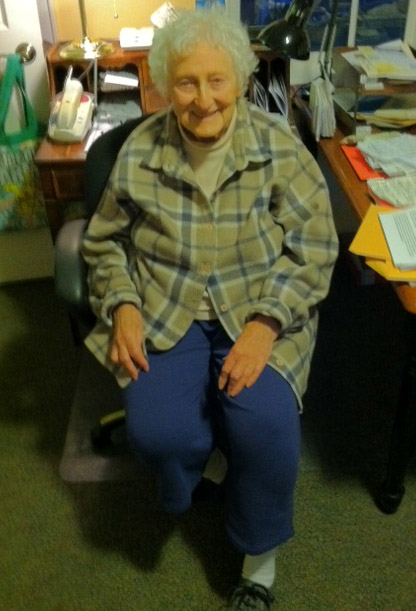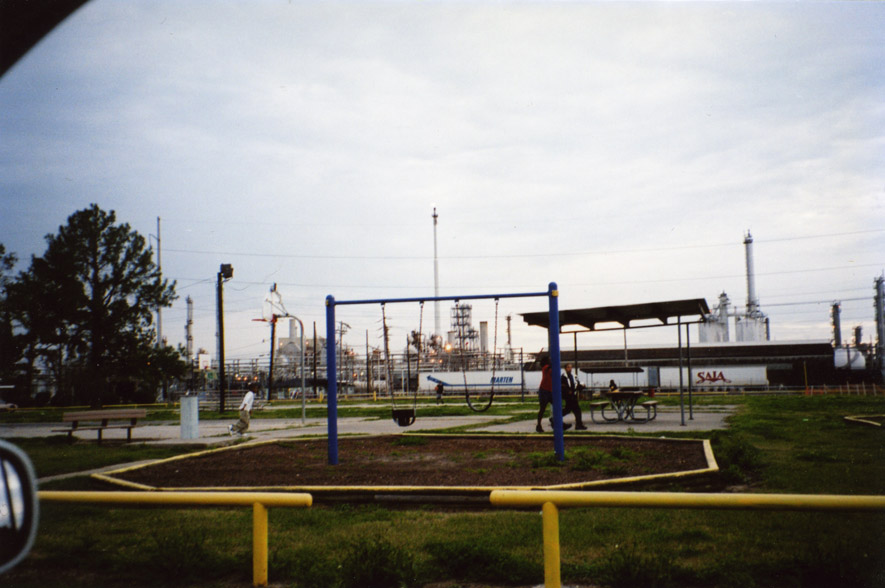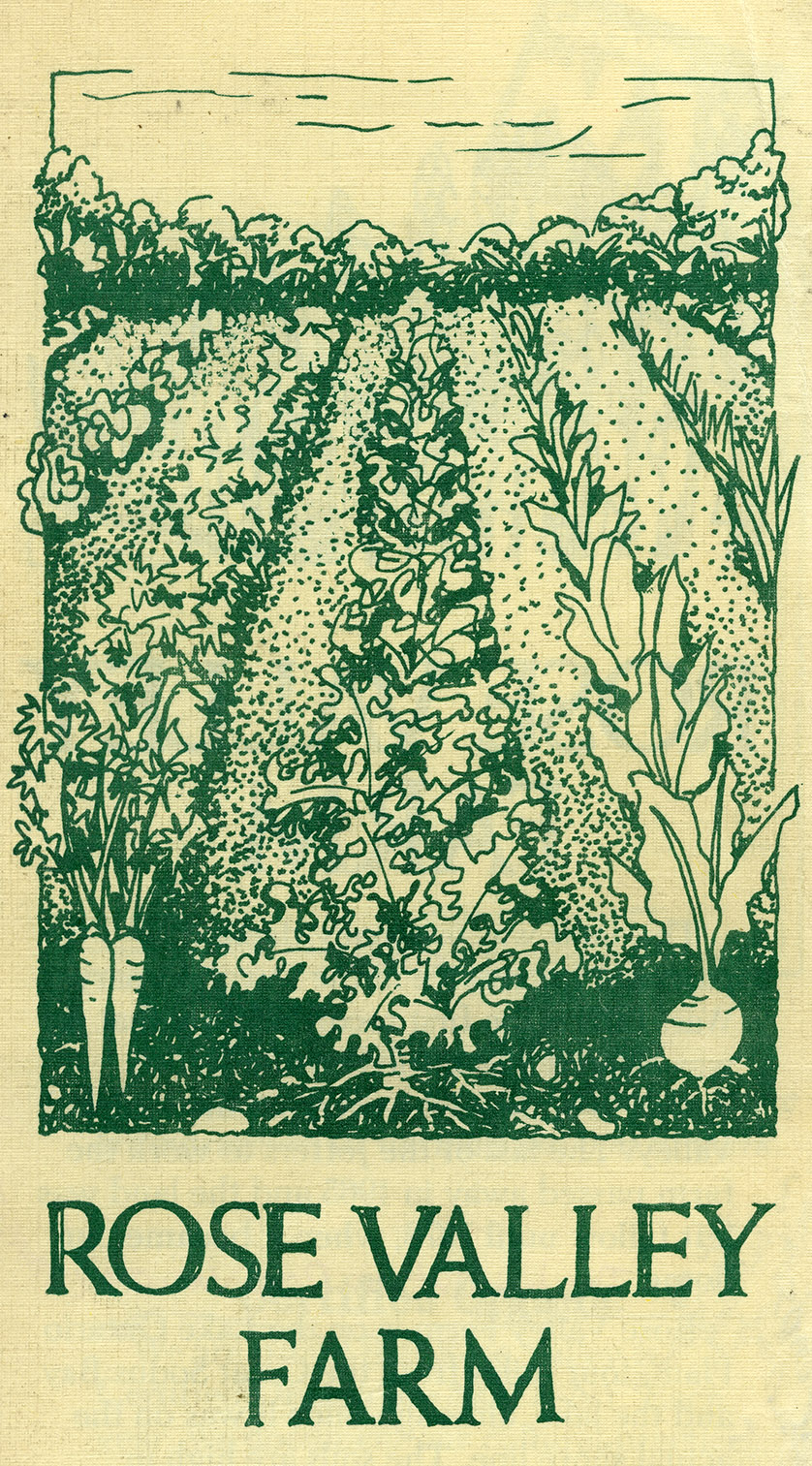Work on Waste USA, Inc. Records
Temporarily stored offsite; contact SCUA to request materials from this collection.
In the early 1980s, Paul Connett, a chemist at St. Lawrence University, his wife Ellen, and other environmental activists in upstate New York formed Work on Waste USA to oppose the incineration of solid waste materials. Arguing that incineration was a major source of air pollution, pumping dioxin, mercury, cadmium, and lead into the atmosphere and leaving behind toxic ash and other residues, Work on Waste consulted nationally on issues surrounding incineration, coordinating with dozens of local organizations, and it became an ardent proponent of recycling as an alternative. From 1988-2000, WOW published a pro-recycling, anti-incineration newsletter, Waste Not.
The records of Work on Waste document the national struggle against the incineration of solid waste. With materials from dozens of groups opposing incineration in their communities, the collection provides insight into community activism and grassroots legal and media campaigns. The collection also includes materials relating to Work on Waste’s support for recycling and extensive data on the environmental impact of dioxin and other chemicals, medical waste, and ash landfills, and on the operation of incinerators.

